Essays
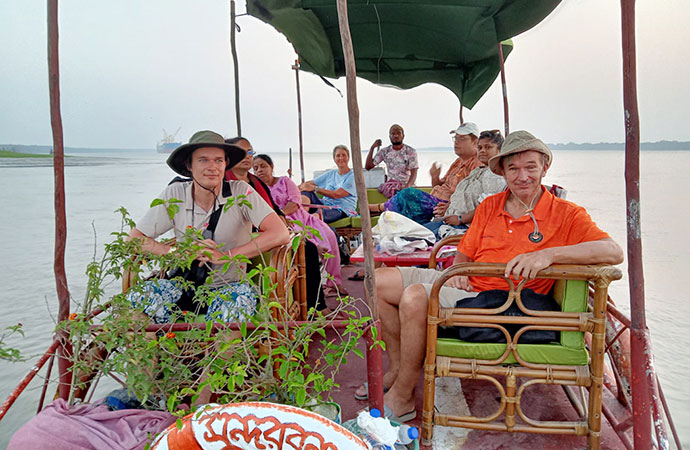

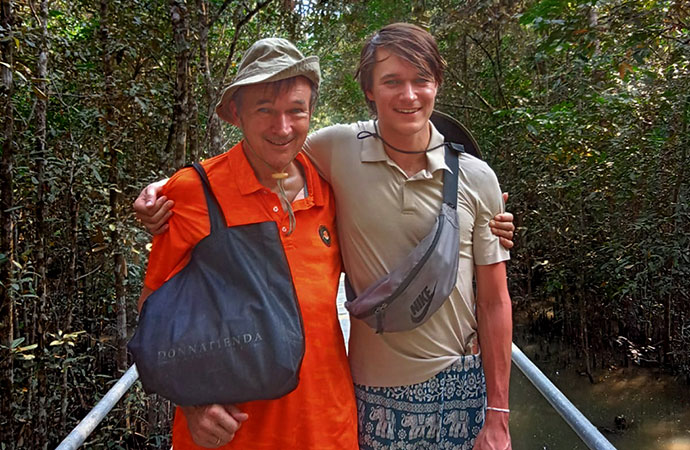
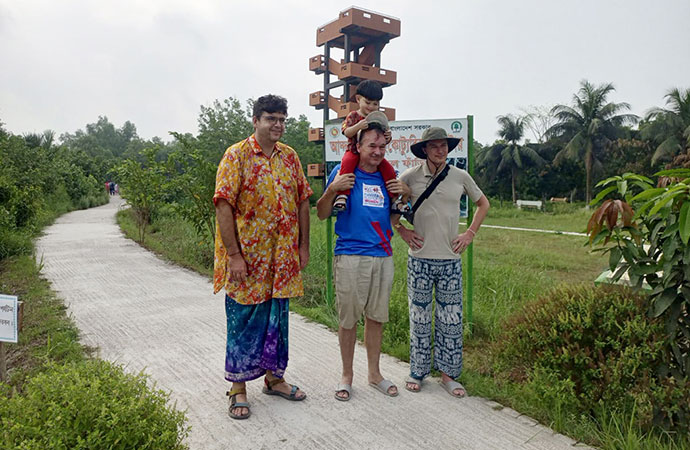
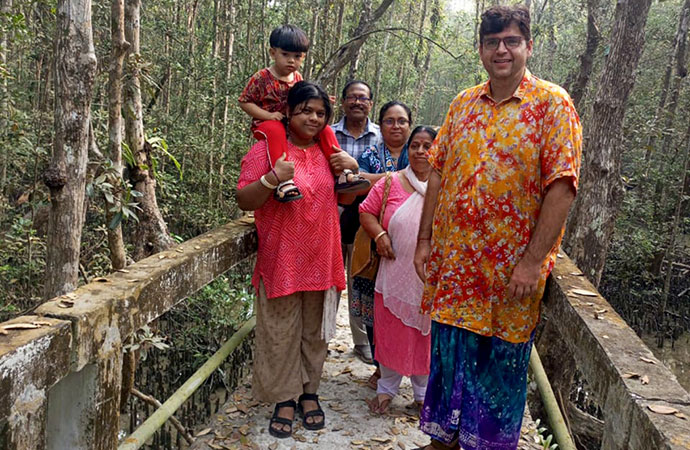


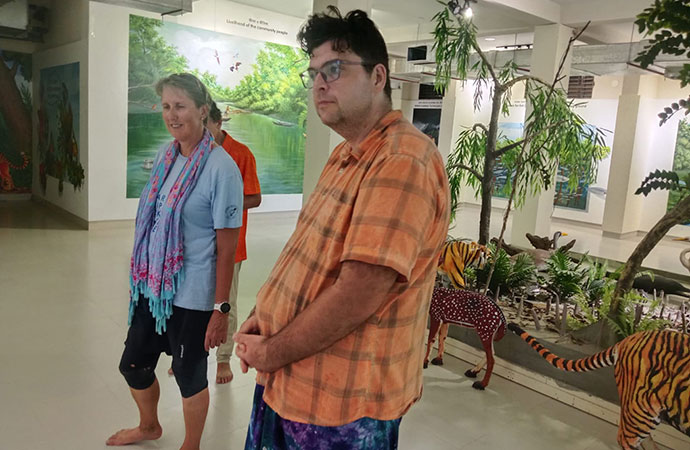
The Sundarbans doesn't make survival easy-not for the tigers that stalk their tangled mangroves, not for the rivers that rewrite its shores with every monsoon, and certainly not for the people who call this wilderness home. But there's a raw, stubborn beauty in that struggle. This is where Bangladesh's last tigers hold on, and where, for decades, ordinary people have done extraordinary things to keep their roar alive.
Take 2013: twenty strangers including Danish Ambassador to Bangladesh Svend Olling, his son, students, entrepreneurs-piled onto cycle rickshaws and pedaled 400 kilometers from Teknaf, the southernmost tip of the country. It was arranged by WildTeam. Their mission? To drag the tiger's plight into the spotlight. The roads were merciless, the heat suffocating, but something unexpected kept them going. Kids sprinting beside them, shouting 'Shabash' (hurrah')! Fishermen waving from muddy riverbanks. Strangers pressing cups of 'chaa' (tea) into their hands. By the time they reached Joymoni, near Mongla at the edge of the Sundarbans, they weren't just exhausted, they were changed.
Twelve years later, today history echoed-this time on two wheels. Charge D'Affaires of the Kingdom of the Netherlands to Bangladesh Andre Carstens, his son, Carstens Jacobus Hermanus, and two of his Dutch friends Niels van den Berge and Jongman Karin from Barishal to TigerHouse at Joymoni, near Mongla, WildTeam's conservation hub deep in tiger country. This is the same place where the rickshaw challengers ended their journey. No fanfare, no big team-just four riders with a simple goal: to feel the land beneath them. They'd biked Bangladesh before, but this was different. Past the brick kilns and rice paddies, past the villages where tigers still slip into backyards, they were tracing a thread between people and wilderness. As Ambassador Carstens and his 29-year-old son cycled toward TigerHouse, Niels's two-year-old son, Sam, eagerly awaited their arrival with his mother, Sampa, and his grandparents. The young boy's excitement added a heartwarming touch to the adventure.
At TigerHouse, the TigerScouts greeted them like old friends. Built under IUCN's Integrated Tiger Habitat Conservation Programme (ITHCP), supported by German Cooperation and KfW Development Bank, the center has become a lifeline-where scientists, locals, and policymakers wrestle with the Sundarbans' impossible equation: how to save a forest that feeds millions while keeping its tigers alive.
Ambassador Carstens saw it firsthand. Village Tiger Response Teams (VTRTs) defusing human-tiger clashes. Conservationists replanting mangroves as plastic waste creeps into even the remotest creeks. And then, the pugmarks-fresh, deep, undeniable. Proof that tigers still own these forests.
But the Sundarbans isn't just a tiger's kingdom. It's a living, breathing shield for coastal Bangladesh-one that climate change and rising seas are cracking apart. As WildTeam's CEO Dr Md. Anwarul Islam says, "We used to call tiger-killers brave. Now, the brave are the ones who protect them. Tigers guard the forest. And we? We guard the tigers."
As the cyclists turned home, they carried more than saddle sores and sunburn. Like the rickshaw riders before them, they'd learned the hardest truth: the Sundarbans doesn't need heroes. It needs stubborn, relentless believers. Because of this fight? It's just beginning.
Dr Md. Anwar Hossain is an ecologist at the University of Melbourne.







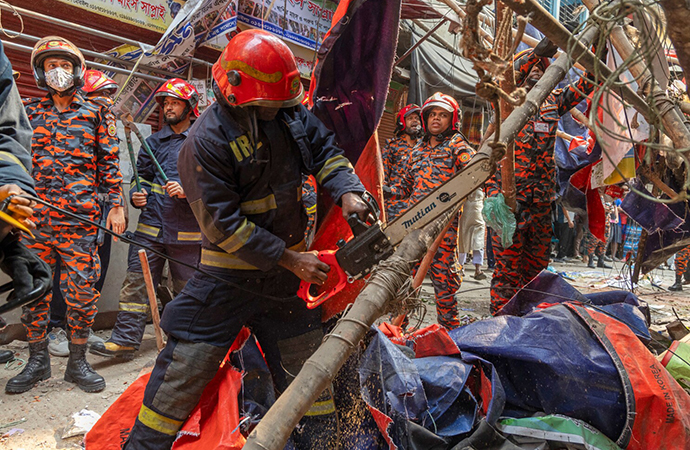
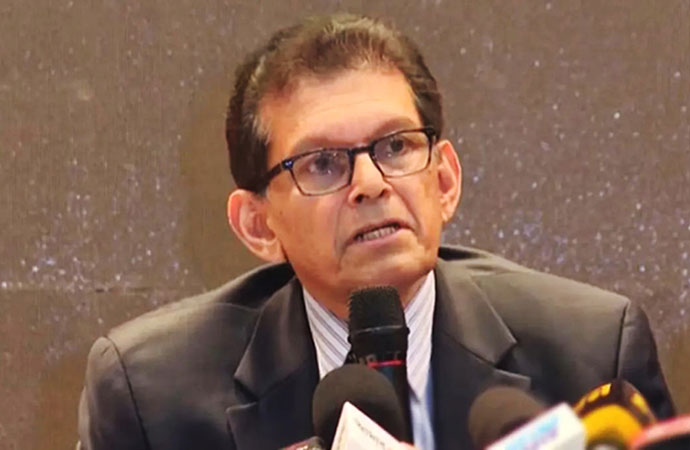
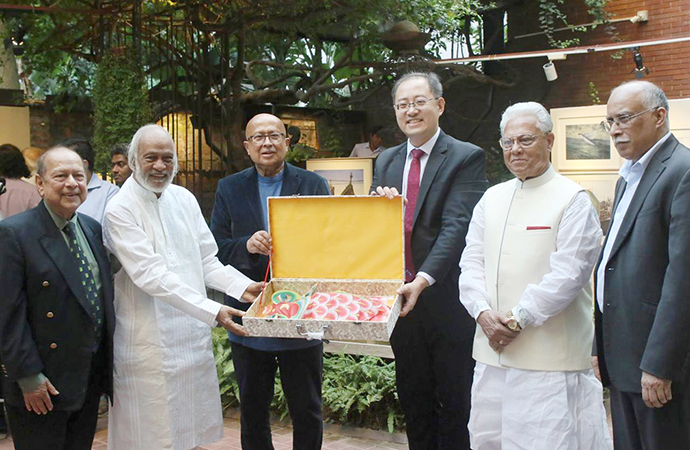
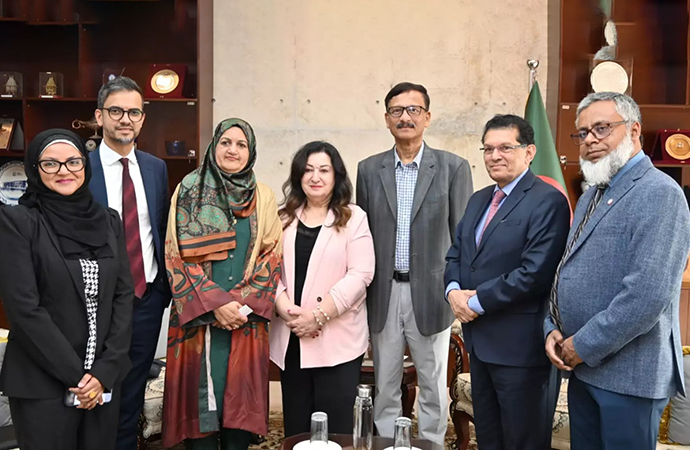
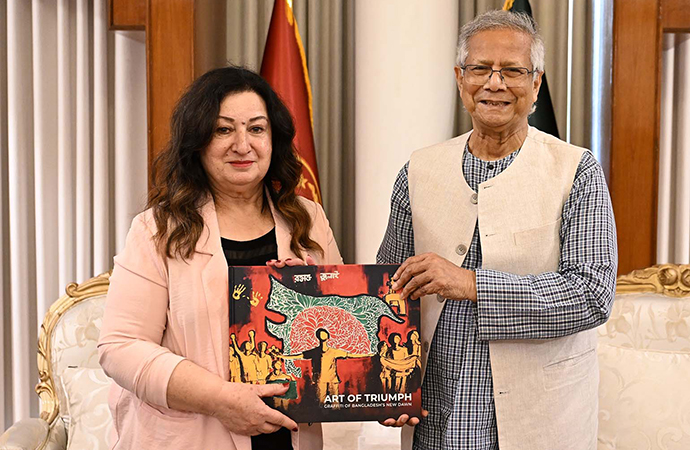
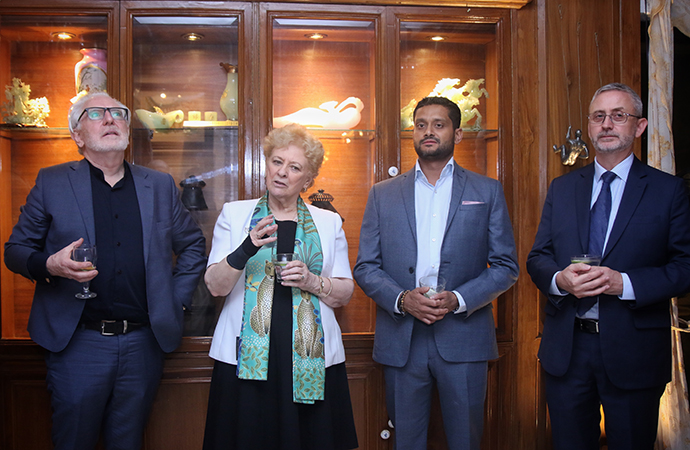


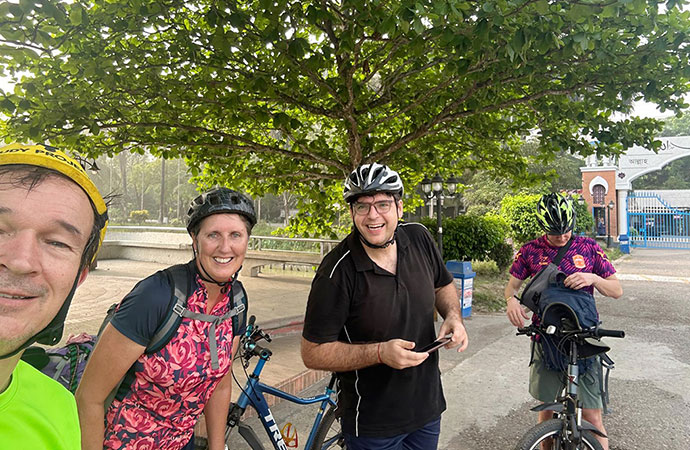








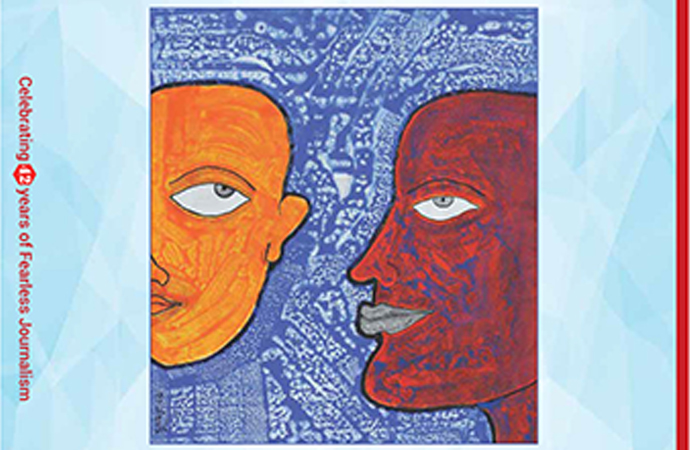
Leave a Comment
Recent Posts
The forensic clean up of the f ...
Much of the coverage centring the surge in Non Performing Loans (NPLs) ...
Hong Kong’s deadliest fire in ...
Hong Kong’s deadliest fire in decades left at least 44 people de ...
False document submission hurts genuine students’ ch ..
The Missing Ingredients for Peace in Palestine
Songs of Hyacinth Boats & Hands: Reading Conversatio ..
Executive Editor Julie Pace on why AP is standing fo ..